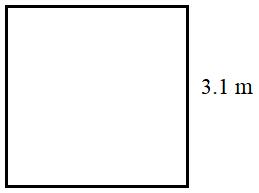To determine the insurance of a car, an insurance company considers the following determinants: the age of the car, the model of the car, and the mileage of the car. Which of the following is the dependent variable?
A. Model
B. Insurance premium
C. Mileage
D. Age
A dependent variable is one that when another variable changes, it also changes. In our case, the insurance premium changes if the age, model, mileage of car changes. Thus, insurance premium is the dependent variable while the other three are independent variable.
Therefore, the Correct Answer is B.



